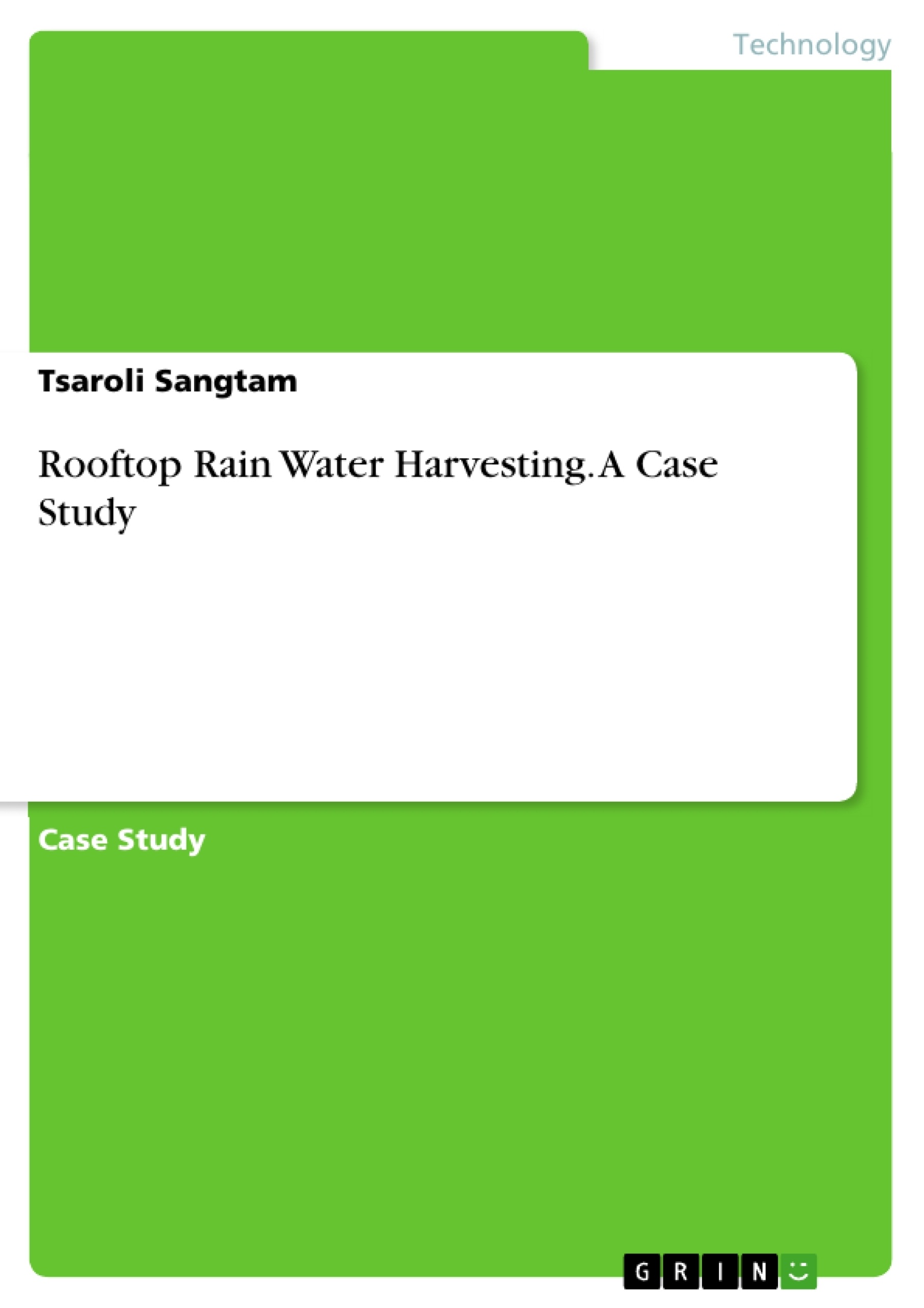The main source of water is rain and if this rain water is agglomerated and harvested, the scarcity of water in water scarce region can be minimized even to the extent of elimination. One of the major panaceas in water scarce area where there is inadequate groundwater supply in terms of quantity and quality can be resolve by the technique of rain water harvesting. In urban areas, rain water available from rooftop of buildings and paved road during monsoon goes as a waste. This water can be stored in tank and can be used directly or indirectly by diverting to treatment plant through various ground water tapping arrangements and catchments which in turn can be utilized at the time of need. The paper aims towards the development of the framework for domestic rooftop harvesting for its useful purpose in Nagaland.
Table of Contents
- INTRODUCTION
- ROOF TOP RAINWATER HARVESTING
- BRIEF OF KOHIMA TOWN
- RAINFALL DATA FOR KOHIMA
- ESTIMATION OF RAINWATER HARVESTING SYSTEM FOR HOUSEHOLD IN KOHIMA TOWN
- Case Study of Building-A
- Case Study of Building-B
- Case Study of Building-C
- CONCLUSION
- REFERENCES
Objectives and Key Themes
This paper aims to develop a framework for domestic rooftop rainwater harvesting in Kohima, Nagaland, focusing on the efficient collection and storage of rainwater for household use. It investigates the potential of this system to alleviate water scarcity in the region, particularly during the winter months.
- Rainwater harvesting as a solution to water scarcity in Kohima, Nagaland
- Design and implementation of rooftop rainwater harvesting systems for residential buildings
- Estimation of appropriate water tank sizes for different rooftop areas
- Economic and environmental benefits of rainwater harvesting
- Case studies analyzing the effectiveness of rainwater harvesting in specific Kohima households
Chapter Summaries
- INTRODUCTION: This chapter introduces the concept of rainwater harvesting and its historical significance. It highlights the importance of rainwater harvesting in regions experiencing water scarcity, specifically focusing on the case study of Kohima, Nagaland.
- ROOF TOP RAINWATER HARVESTING: This chapter delves into the principles of rooftop rainwater harvesting, outlining the process of collecting, storing, and utilizing rainwater. It discusses the advantages of this system, including its potential to reduce dependence on ground water, improve water quality, and contribute to environmental sustainability.
- BRIEF OF KOHIMA TOWN: This chapter provides an overview of Kohima, the capital of Nagaland, highlighting its geographical location, population density, and rainfall patterns. It discusses the challenges of water scarcity in the region, especially during the winter months, and underscores the need for alternative water sources like rainwater harvesting.
- RAINFALL DATA FOR KOHIMA: This chapter presents the rainfall data for Kohima, analyzing the annual rainfall patterns and fluctuations over a period of two years. This data is crucial for determining the optimal design and capacity of rainwater harvesting systems.
Keywords
Rainwater harvesting, rooftop harvesting, water scarcity, Kohima, Nagaland, water tank design, case study, residential buildings, environmental sustainability, water conservation, water quality.
- Arbeit zitieren
- Tsaroli Sangtam (Autor:in), 2018, Rooftop Rain Water Harvesting. A Case Study, München, GRIN Verlag, https://www.hausarbeiten.de/document/427542


